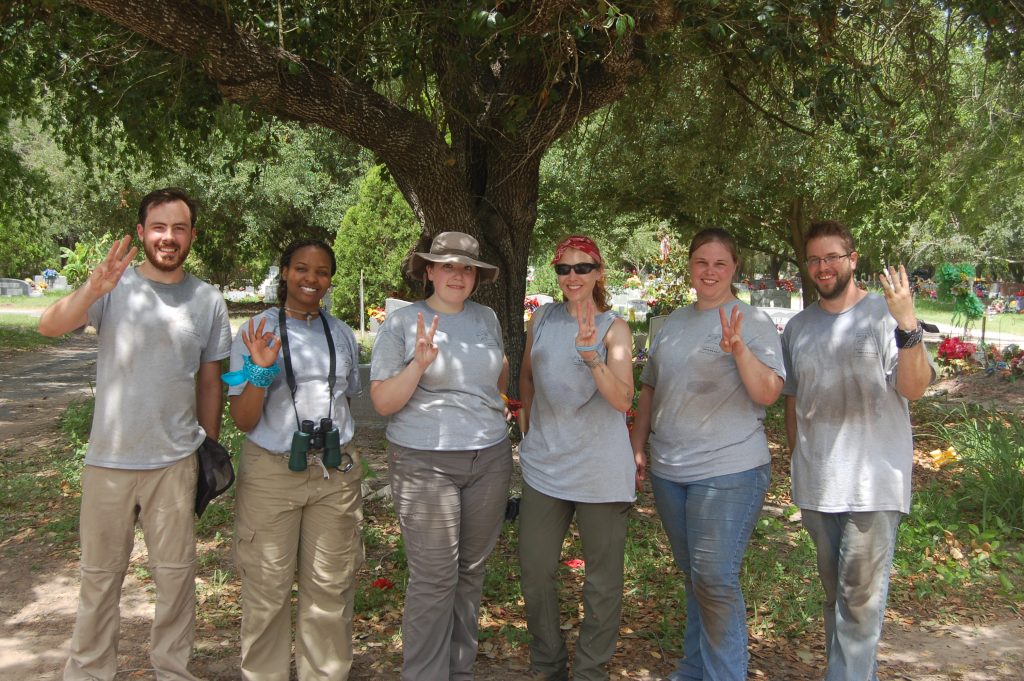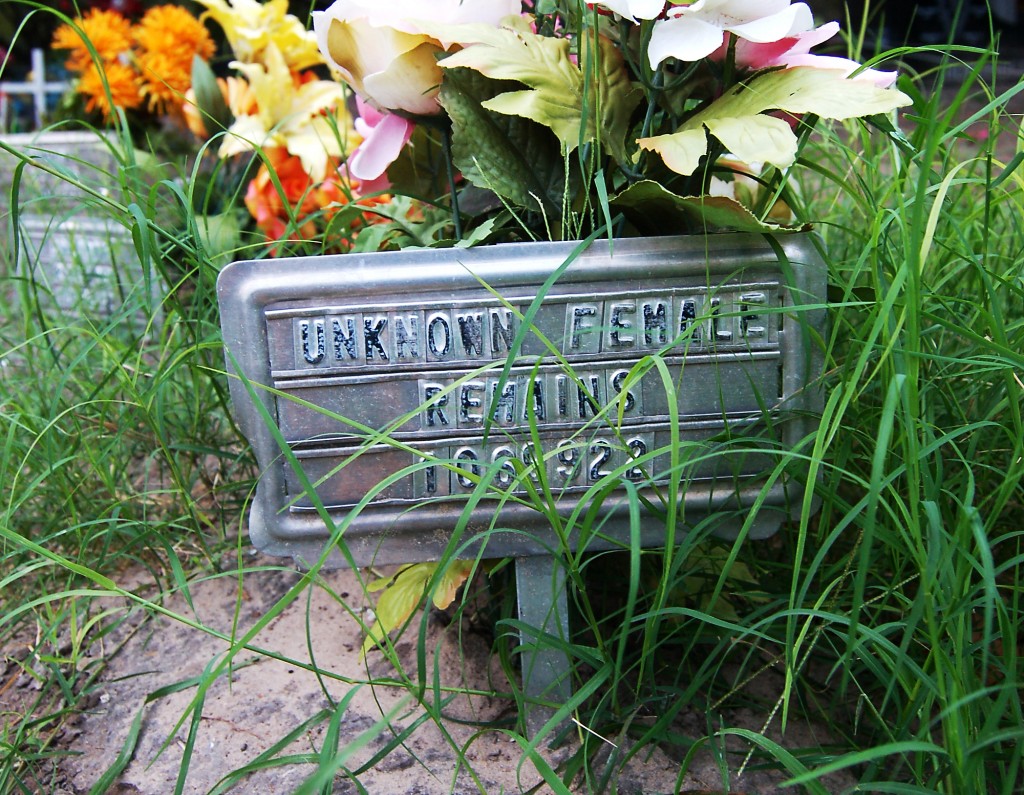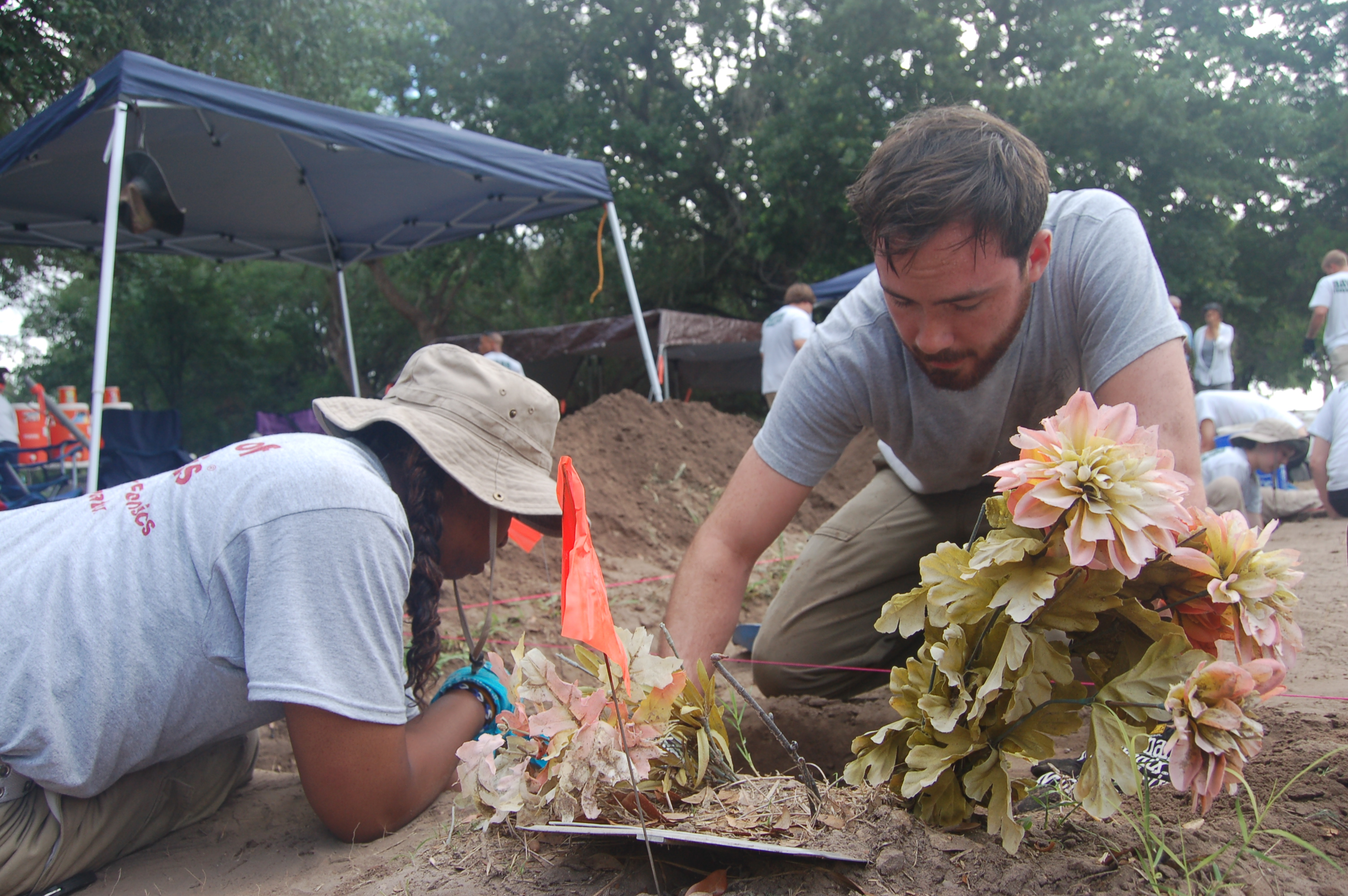Before we get to day 3, I need to re-visit day 2. If the word of the day on day one was “tamales”, on day two it was definitely “hot”. While the temperature was similar to day one, the cloud cover did not linger and the humidity increased. But with the sun on our backs we lifted our trowels and began our excavations. I’ve worked in this heat before and knew to keep hydrated. I diligently checked my students throughout the day to make sure they were drinking water (and peeing). We completed our day, went back to our hotel and had our normal debriefing meeting. And that’s when it hit me. It started with an excruciating headache radiating from the right and left temples and quickly progressed to shakiness and nausea. At first I was embarrassed because it was a sign of weakness to let the heat get to me and I tried to hide it from my students. But they know me well enough to know something was wrong. They got me to my room and I tried to think back through my day to figure out what went wrong. I was sick most of the night and the only person I can blame is myself. I was so worried about everyone else that I forgot to worry about me. I’m not blogging about it for pity, I’m blogging about it because being in this environment is no joke. You don’t feel heat exhaustion creeping up on you. By the time you get sick it’s too late. I know I was drinking water and taking breaks yesterday, but just not enough. I was only out there for 6 hours. Even with the luxury of coming back to an air conditioned hotel with cool showers and drinking water I was up all night in misery. As I lay in my soft bed wishing I would just feel better I kept telling myself I’m the lucky one. I’m in a bed, in the air conditioning with the option of medical care if I need it. Someone is laying in the desert right now with the same symptoms with no chance of getting better. Unless you’ve been to South Texas it’s hard to truly understand the harsh environment and the ease at which the human body can crumble in its grasp.
I woke up feeling much better and put myself (and my students) on a strict water and rest routine today. We are facing many more obstacles this year than last, including concrete like soil that is heavy and hard to excavate and burials averaging 100 cm (over 3 feet) below the surface. Keep in mind that all excavations are done by hand using shovels and hand trowels, and the dirt must be moved from the working area using buckets. Even though we worked hard today, we are all feeling healthy and strong.
Over the past few days we made two new friends: Sarah Friedland and Esy Casey. They are independent film makers that are working on a new documentary called Memorials, which documents how we treat our dead (http://www.perinspire.com/). Esy left today and Sarah leaves tomorrow. We’ve had a great time sharing our mission and our passion with them and can’t wait to see their new film!
~KEL



